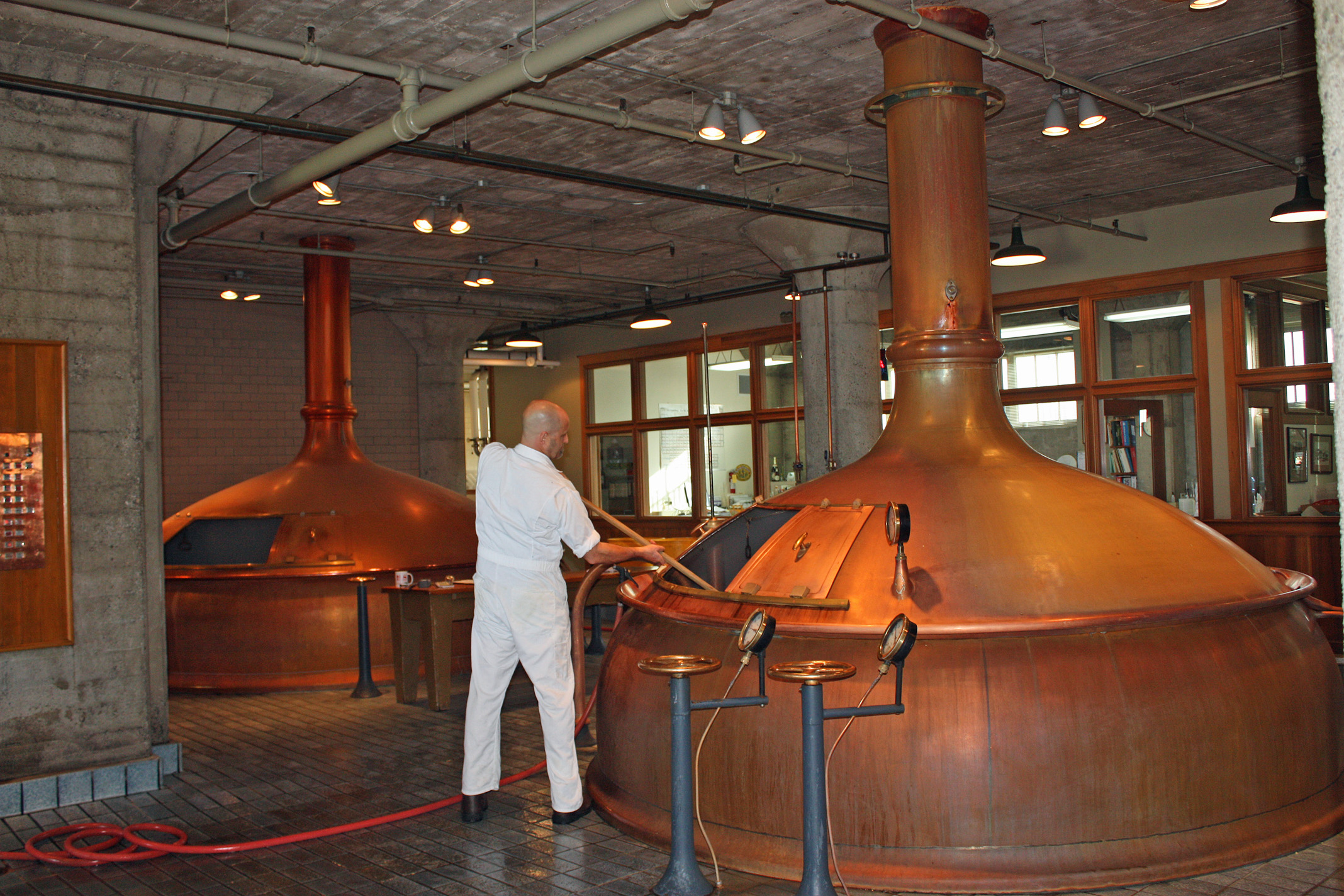As the brewing industry expands and new beer styles, such as hazy pale ales, emerge, brewers are constantly looking for new ways to analyze the composition of their beers to preserve the carefully crafted sensory quality of their products.
However, analyzing how the molecules in beer affect its flavour is challenging because of the sheer amount of different types of molecules present in the beverage. To address this issue, our research team at the University of Victoria has developed a user-friendly lab-on-a-chip device to investigate how we can add more hop flavours to beer by making oil-in-beer emulsions.
Lab-on-a-chip, or microfluidic, technologies are tiny devices usually made from a transparent, rubbery material that can be used to transport and analyze liquids in pipes the size of a human hair.
While these technologies are not commonly used in the food sciences, they are perfectly suited for the creation of emulsions, which are widely used in the food industry. Emulsions are formed by creating tiny drops of one liquid in another immiscible liquid.
For example, salad dressing is usually made by mixing oil and vinegar, a water-like liquid. Oil and water do not mix, so to create an oil-in-vinegar emulsion, a stabilizer like mustard or egg is added. This allows tiny oil drops to be suspended in the vinegar, giving a pleasant texture to the salad dressing.
Similarly, in beer, hop oils (essential oils from hops) are stabilized in the water-like beer. Understanding the type of molecule responsible for this stabilization could help brewers create more highly hop-flavoured beers.
Creating a new method
Brewing beer requires a precise understanding of four main ingredients: malted barley, hops, water and yeast. Each of these ingredients contains a complex mixture of components, and their interactions, while used by humans for thousands of years, are still not well-understood chemically.
The wealth of ingredients in beer makes it hard to tease out the behaviour and interactions of specific molecules, and how these relate to the flavour and composition of the beverage. Each ingredient interacts with others in complex ways, influencing the brewing process and the final product.
This is where our lab-on-a-chip device comes in. Our research, conducted in lead author Katherine Elvira’s laboratory at the University of Victoria’s Department of Chemistry, was done in collaboration with local microbrewery Phillips Brewing and Malting Co.
The new method for making oil-in-beer emulsions was developed by undergraduate students Danielle Hanke, Jaling Kersen, Alexandra Schauman, Caitland Stagg and Nicole York, and graduate students Alex McDonald, Jaime Korner and Kaitlyn Ramsay.
Together, they created a simple microfluidic platform designed to be usable by non-experts in the academic and industrial sectors, making it a valuable tool for advancing the science of brewing.
Unlocking new possibilities
Our research explored the role of gluten, a protein present in beer, in stablizing hop oil emulsions. By gaining a better understanding of this, brewers can fine-tune the composition of their ingredients to influence the final visual and sensory quality of beer.
We tested two different hop oils, alpha-terpene and linalool, that are commonly present in hoppy beers. The two hop oils differed in droplet stability with protein and enzyme treatment, suggesting this effect may also be dependent on the type of hop oils present.
This research could help brewers decide which types of grains and hops to include in their hazy beers — a style characterized by their cloudy appearance and strong hop flavour — to create the most shelf-stable and flavoursome beers.
The future of brewing
Our beer-on-a-chip platform can be used to generate experimental conditions that reflect full-scale brewing operations on a smaller, more manageable scale. By doing this, we can gain better insight into the brewing process, which still contains many chemical mysteries.
Traditionally, these technologies have not been widely used in the brewing industry, but our research shows how microfluidic platforms can be more widely used in the food sciences to study emulsions.
Whether it’s developing new beer styles, improving the shelf life of existing ones or enhancing flavour profiles, this technology could become an invaluable tool for brewers worldwide. Future work on microfluidic brewing may yet reveal more interesting and delicious insights into brewing.
Alex McDonald, a graduate of the Master of Science in Chemistry program from the University of Victoria, co-authored this story.
Katherine Elvira, Associate Professor and Canada Research Chair, Department of Chemistry, University of Victoria
This article is republished from The Conversation under a Creative Commons license. Read the original article.











